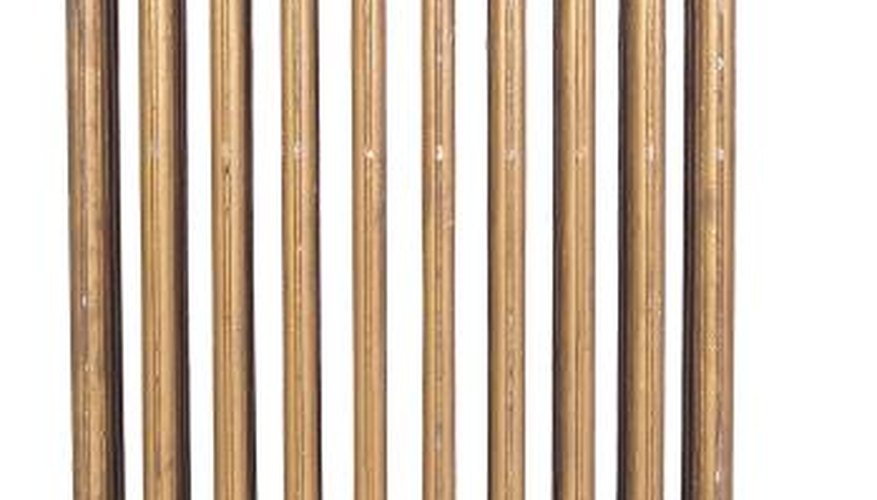Maintaining a clean radiator can help keep heating bills down by allowing the radiator to work at its highest efficiency. Dirt can actually prevent heat from being released into the room, so a radiator will have to work harder to warm the room to the desired temperature. A clean radiator also looks better than a dirty one and can be painted to fit into the decor of the room. For the best results, check and thoroughly clean your radiators annually and do lighter cleaning on a regular basis.
- Maintaining a clean radiator can help keep heating bills down by allowing the radiator to work at its highest efficiency.
Shut off the radiator and allow it to cool completely. The best time to do a thorough cleaning is when the weather is warm and the radiator is off anyway.
Remove any built-up dust on the surface and in the crevices with a duster.
Vacuum the radiator with a brush attachment, getting into crevices as well as underneath and around the radiator.
Lay dust sheets or old towels on the floor beneath the radiator to protect it from drips.
Spray the radiator generously with an all-purpose cleaner. Moisten a sponge and rub the cleaning solution over the surface. Allow the cleaner to sit on the surface of the radiator for a few minutes.
Scrub the radiator with a wet sponge to remove all of the surface dirt. Wring the sponge out in a bucket of water and re-wet it as necessary.
- Vacuum the radiator with a brush attachment, getting into crevices as well as underneath and around the radiator.
- Scrub the radiator with a wet sponge to remove all of the surface dirt.
Rinse the radiator with a sponge that's been wet with clean water.
Dry the radiator with a towel. Once completely dry, the radiator can be turned on.
Dust the radiator at least once a week.
WARNING
Avoid using abrasive cleaners, which can damage the radiator's surface.
